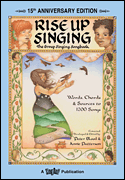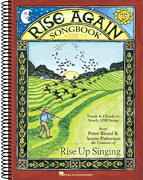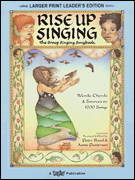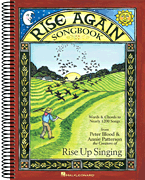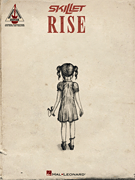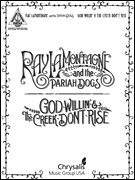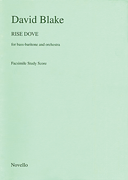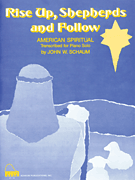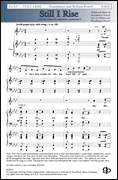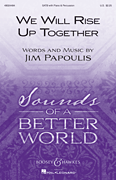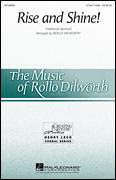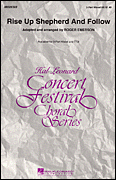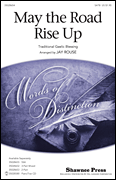Search Results for: “Rise”
Loading...
I Will Rise View 80 Products
Christ The Lord Is Risen Today View 72 Products
Rise Up, Shepherd, And Follow View 68 Products
Rise View 56 Products
Rise, My Soul, To Watch View 42 Products
Christ Is Risen View 36 Products
The Rise Of Skywalker View 28 Products
Rise Up Shepherd, And Follow View 27 Products
Rise Up View 26 Products
The Lord Is Risen View 26 Products
Rise Up! Rejoice! View 24 Products
Rise Above The Walls View 23 Products
Hallelujah, Christ Is Risen View 22 Products
Rejoice, For Jesus Is Risen View 21 Products
Rise And Shine! View 21 Products
Hallelujah, We Shall Rise View 18 Products
What Becomes Of The Broken Hearted View 17 Products
Rise Up And Praise Him View 13 Products
Jesus Christ Is Risen Today View 13 Products
Rise Again View 13 Products
Rise Up And Sing View 10 Products
Christ Is Risen, He Is Risen Indeed View 10 Products
Rise Up (Lazarus) View 4 Products
Alleluia! Christ Is Risen! View 2 Products
